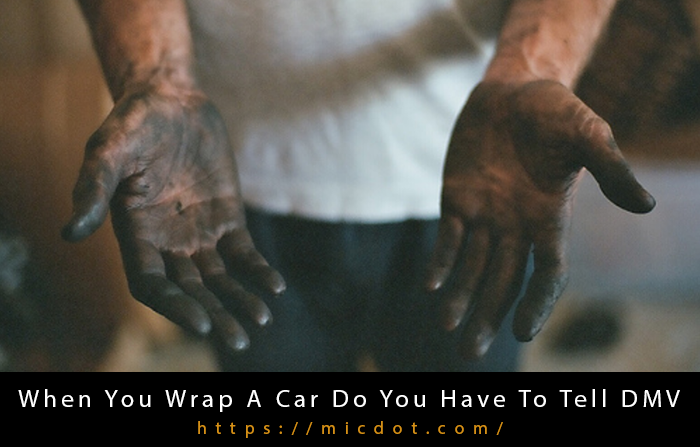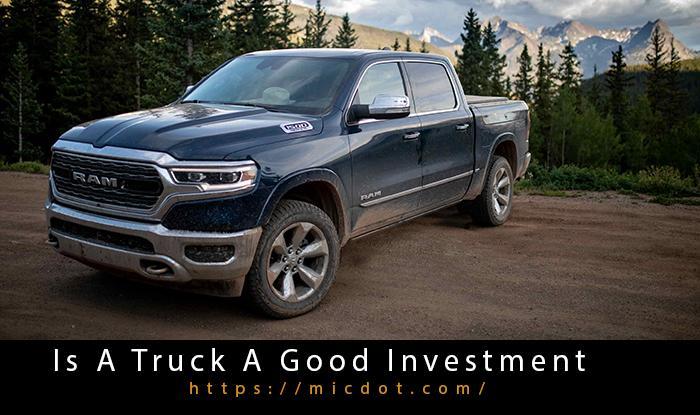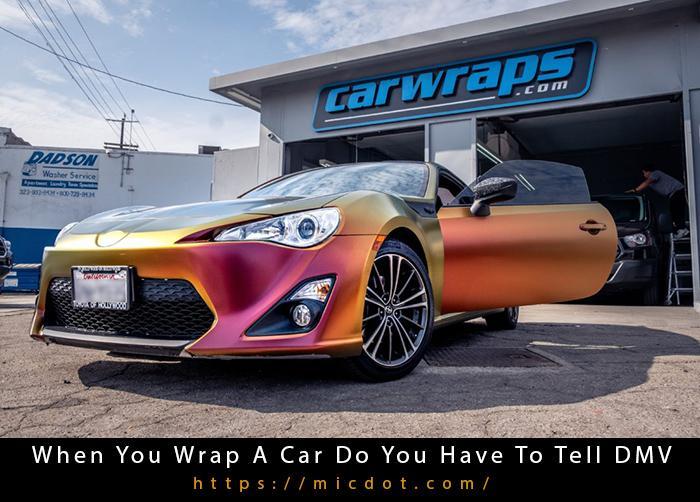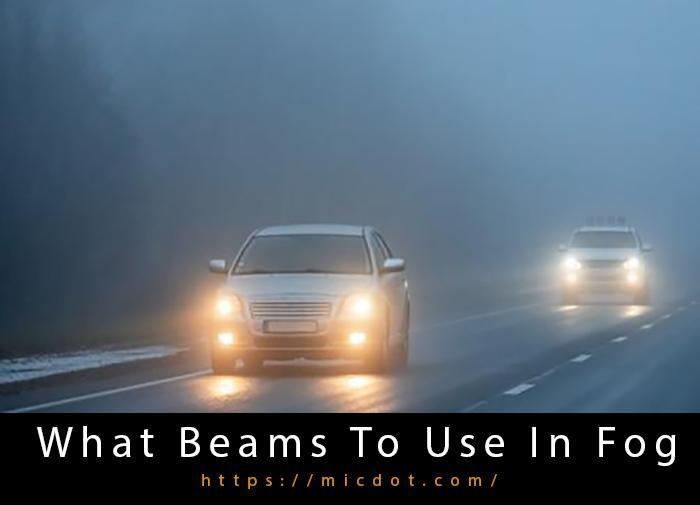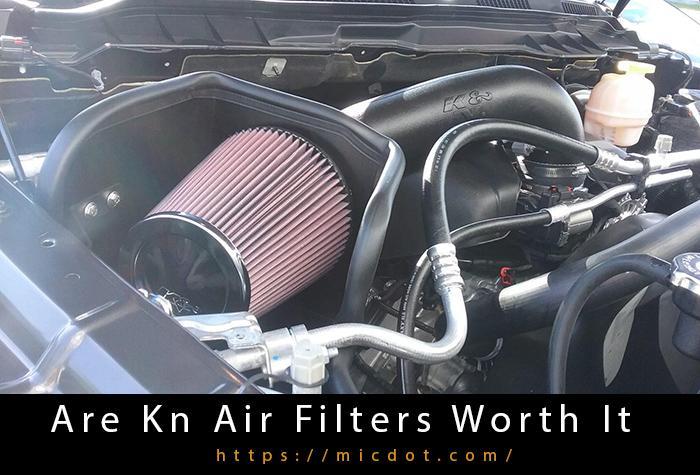Two smooth metal bands joined together at the ends form a rod bearing, which holds an engine’s rotating shafts steady.
The term “connecting rod bearings” is also used, but this is a completely other subject.
You Are Watching: Rod Bearing Replacement Cost Updated 04/2024
It’s important to know which type of rod bearings are being discussed if someone claims that your engine’s problems are due to worn or faulty rod bearings.
To put it another way, how much does it cost to replace rod bearings? It’s important to think about the extent of the repair or replacement, such as whether new pistons, camshafts, timing chains, or bearings are required.
It’s better to replace the entire engine assembly if most of the parts need to be changed. In most cases, it costs between $2000 and $3000, which includes both work and the components.
What Is A Rod Bearing?

Rod bearings can be thought of as two metal bands that fit snugly together (top and bottom). For example, in the case of driveshaft rod bearings, the top half of the bearing assembly is a semicircle mounted beneath the vehicle.
When the driveshaft is in place, the lower half of the bearing is attached to the top half.
A pinhole in the top part of the bearing allows lubrication to enter the inside of the bearing. A lower amount of friction is also provided, allowing the shaft to freely rotate within the bearing.
Engine Rod Knock Repair Cost?
All in, parts and labor should cost between $2,000 and $3,000 on average.
If you’re looking to have your engine back in working order and you’re looking for a reliable auto repair shop, look no further.
Engine bearing damage and the noise it makes are included in the repair bill.
A replacement crankshaft may be required in some cases. Connecting rods and locations, timing chains, and camshaft bearings can be expensive to replace.
3 Signs Of Damaged Rod Bearings
1. Noise In The Engine
Read More : Can You Buy A Car With Zero Miles? Updated 04/2024
Engine noise is a symptom of engine bearing failure, along with other more obvious ones. Despite not having seen a rod knock sign, the majority of motorists are aware of their presence.
Wear on the piston bearings is evident by rod knock. If the engine makes other noises, it could have worn-out engine bearings in the crankshaft or valvetrain.
In addition, rod banging is a sign of worn piston bearings.
Prior to going on to other parts, most engines feature a primary oiling system that directs oil pressure onto the crankshaft first.
The valvetrain suffers from a lack of pressure when there is excessive oil leaking at the crankshaft and rods. The worn-out crank bearings beneath an apparently little lifter tap can be revealed in this way.
2. Loss Of Oil Pressure
Pumping oil at a predetermined volume is the norm (about 20 gallons per minute).
The engine will lose oil pressure if there are leaks between the engine bearings or the hydraulic lifter.
At low RPM, while the pump is spinning at a slow pace, high bearing clearances might result in oil pressure loss.
3. Transmission Noise & Worn Belts
The main bearings have two types of bearing faces.
There is a thrust bearing face, which prevents the transmission from moving from one gear to the next, at the top of this list.
There will be wear and tear on the thrust-bearing face as well as the rest of the body over time.
In order to shove the torque converter into the transmission, a crank with worn-out or defective thrust bearings may be able to turn backward.
When the rod journals have enough room, it might move far enough forward or back that the belts are overworked.
Transmission noise and, in some situations, damage can be caused by the first.
Read More : Upcoming Maruti Suzuki Ciaz Spied Spain Updated 04/2024
As the torque converter pushes on the oil pump, the filter becomes blocked with dirt. In addition, a decrease in fluid pressure might cause the pump to fail.
4 Causes Of Rod Bearing Damage
1. Dirt And Debris
Weak engine bearings can be identified by listening to the noise they make when they are dirty or polluted.
The bearing surface can be destroyed by debris such as soil or gravel, causing you to wonder what a bad engine bearing sounds like.
Furthermore, if the lubrication system fails, dirt can cause scratches and get lodged in the paint.
2. Insufficient Lubrication
It’s the second type of engine-bearing problem: underlubrication.
If the crankcase is not properly lubricated, the bearing will seize, causing the engine to fail and possibly necessitating an expensive repair, if necessary.
A lack of appropriate oil film will cause a lot of friction and metal-to-metal contact.
3. Engine Bearing Misassembly
Engine bearing failure can also be caused by misassembly. Bearings may not function properly if a bearing cover or attachment rod is poorly installed, resulting in insufficient lubrication.
In addition, a poor engine bearing will make a noise if you don’t have enough lubricant.
4. A Crush Of Engine Bearing
If the bearing halves are appropriately aligned, the external force generated by the half of the bearing that passes above the housing bore is known as crush.
The outer diameter of the bearing is pressed against the bore of the housing by this bearing spare material. The bearing crush helps keep the engine bearing in place.
Conclusion
Crankshaft and piston wrist pins are held in place by rod bearings, which allow the rods to rotate freely. During an engine overhaul, it is possible to replace the motor’s bearings.
Think about how much worse your condition will get if you don’t take action. It’s going to be expensive, no matter how you look at it.
But if you handle it sooner rather than later, you could avoid the need for a new engine.
Sources: https://micdot.com
Category: Car

